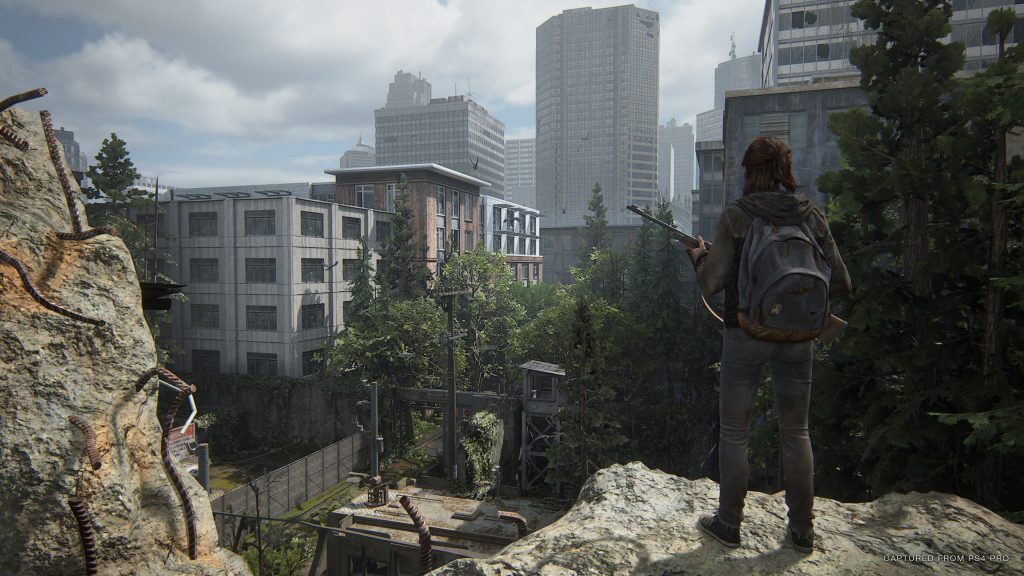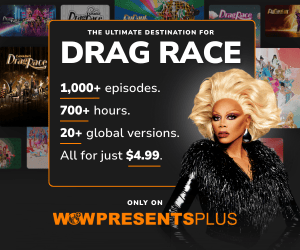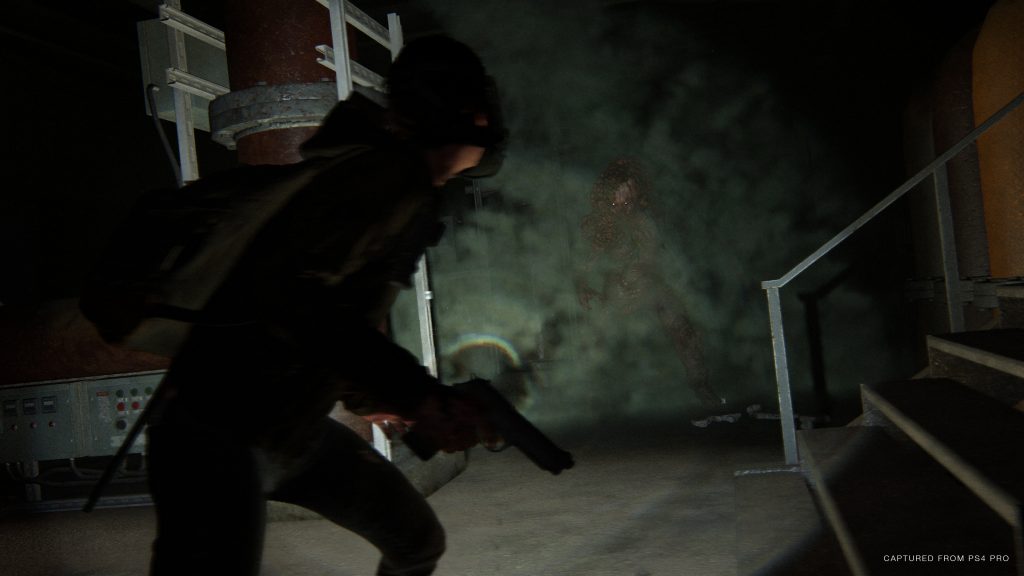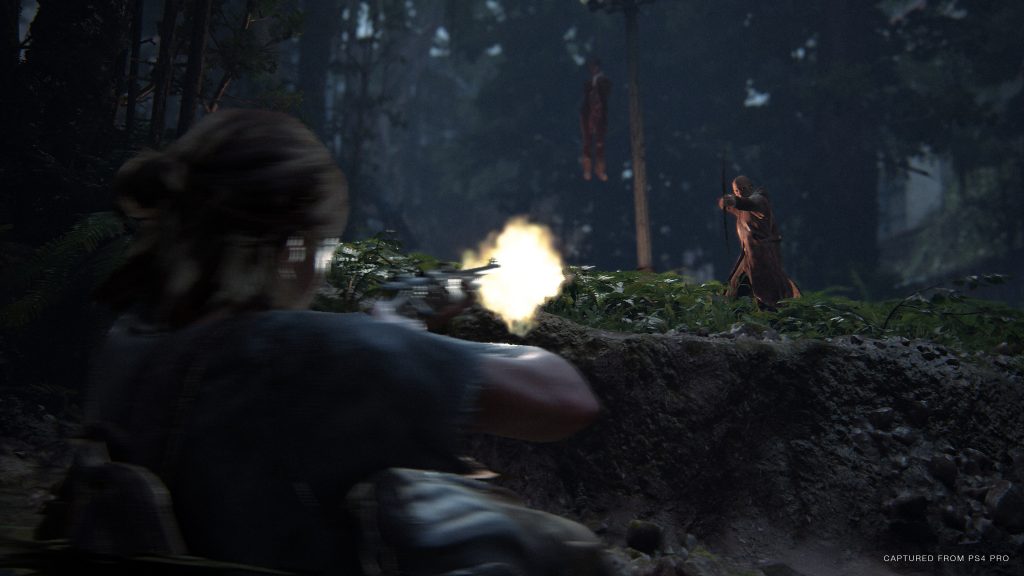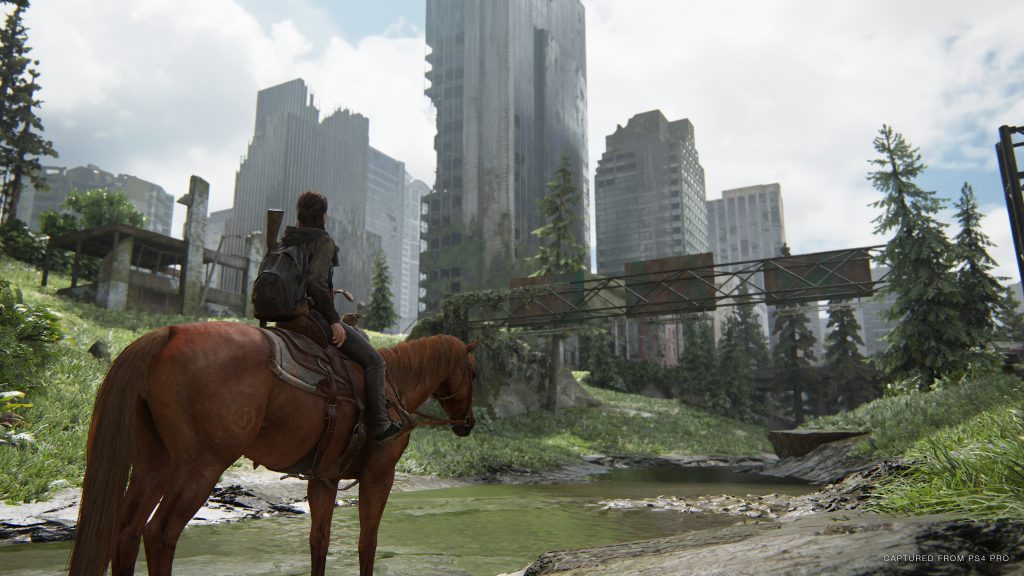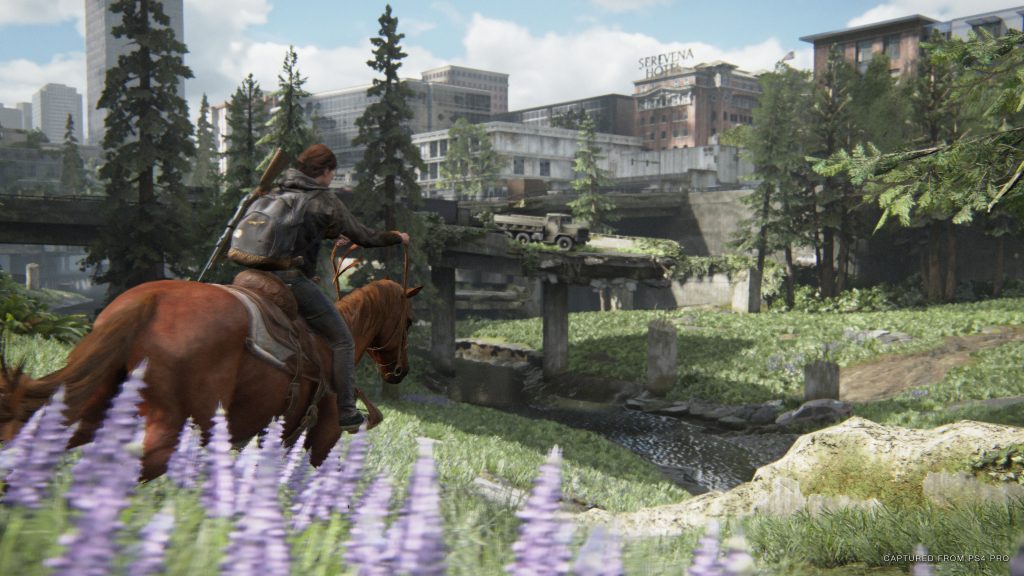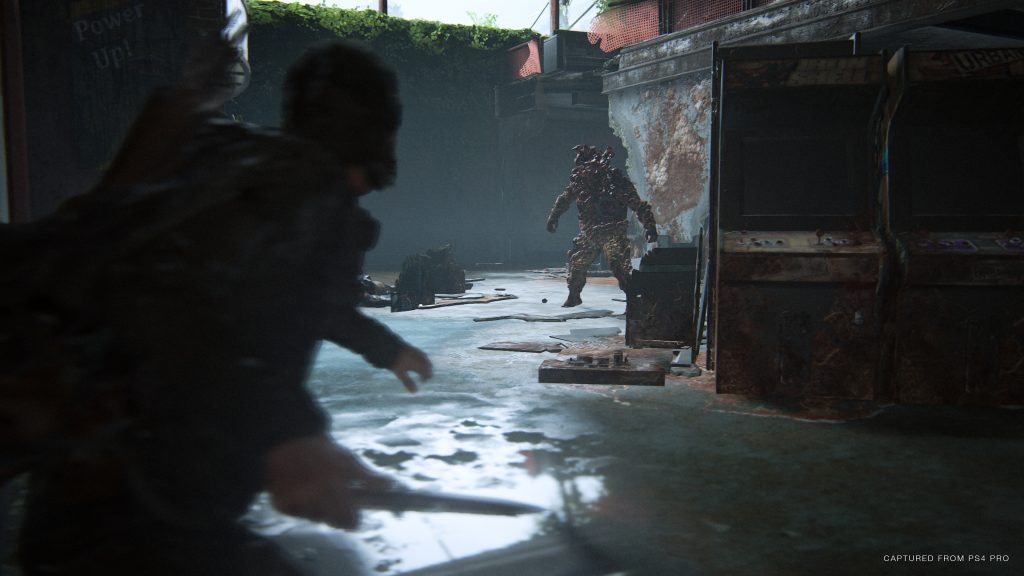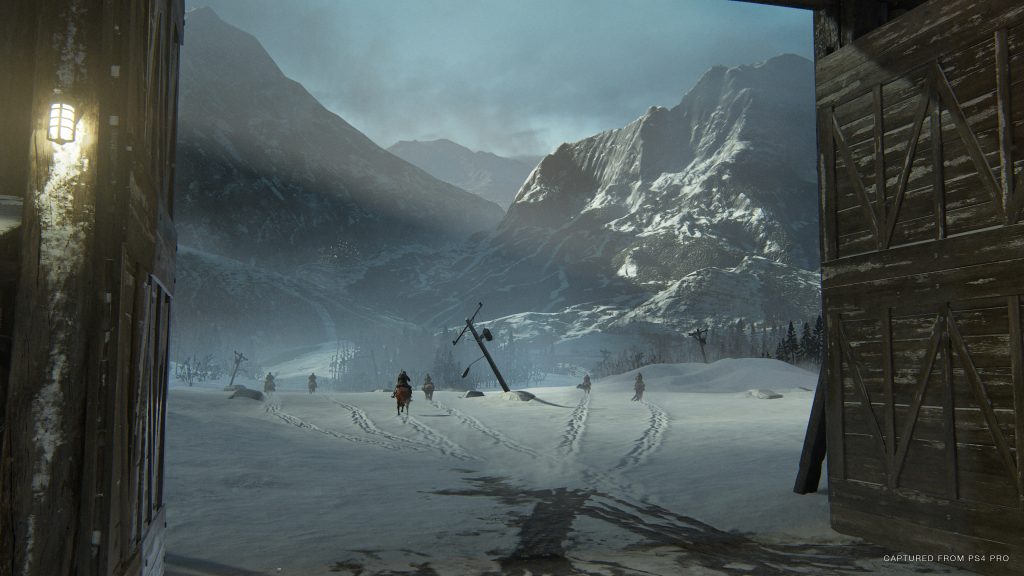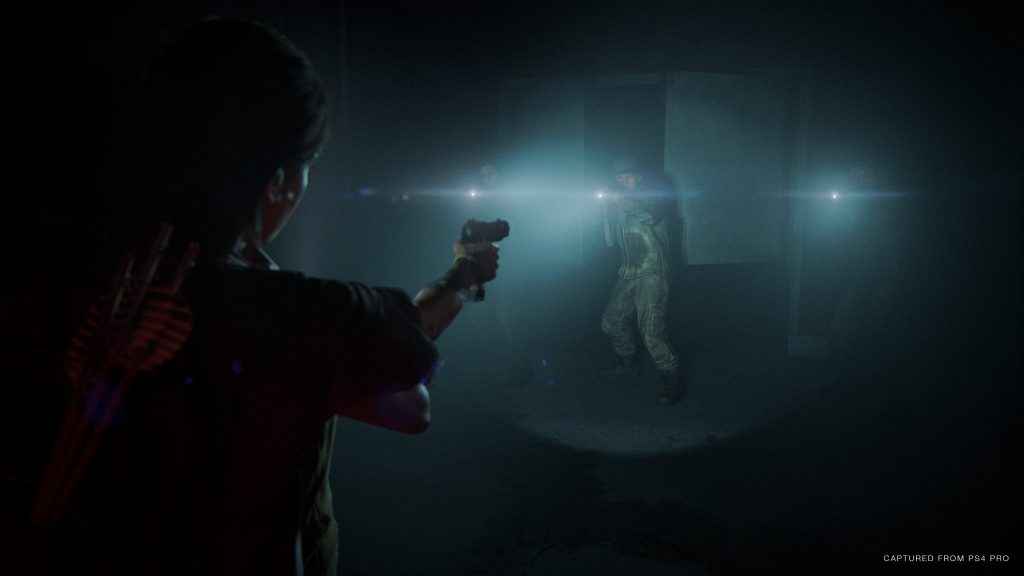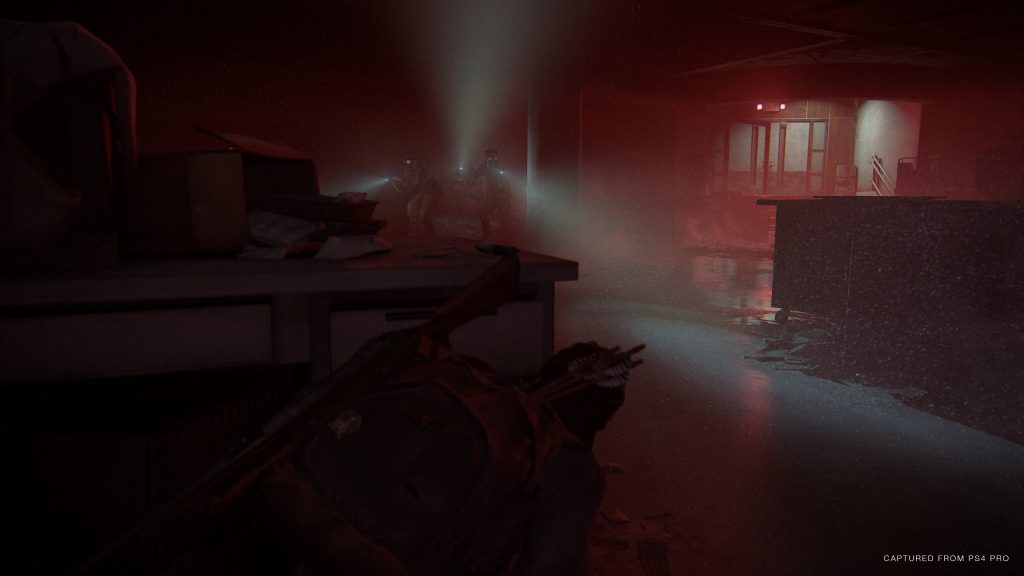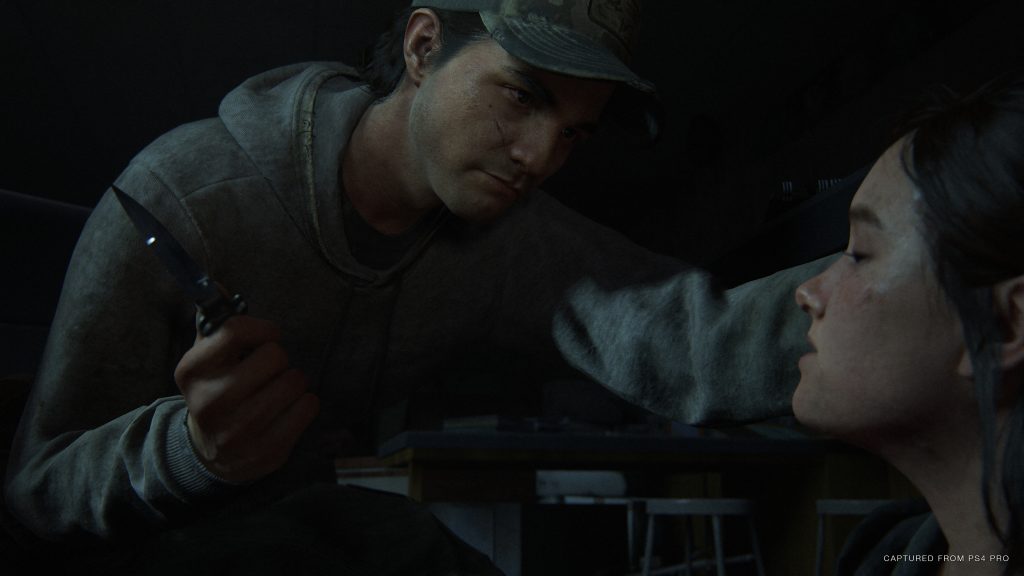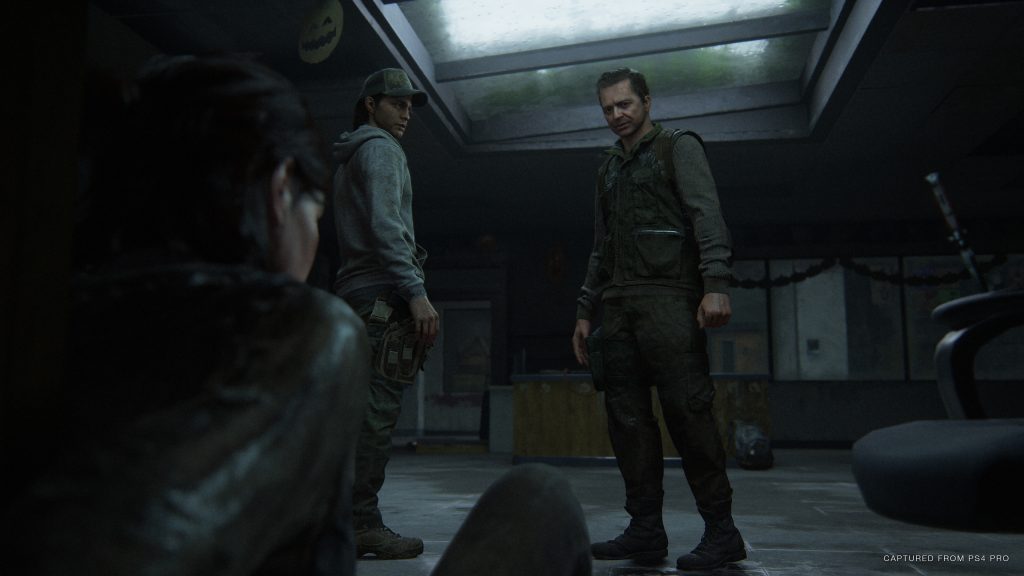The Last of Us Part II: Another Post-Apocalyptic Masterpiece
If we had to distil The Last of Us Part II down to a singular theme, it would be guilt. Guilt seeps from the pores of Naughty Dog’s latest – TL;DR, another masterpiece – as both the raw emotion itself, and in haunting explorations of what it can drive us to do. Whether it’s deeper trauma like survivor’s guilt, nagging guilt over lies told to protect the people we love most, or shallow guilt over kissing someone you probably shouldn’t, guilt is writ large over the canvas.
As you might expect, Part II is another heart-wrenching and often-times harrowing journey across a fractured America. Picking up five years after the events of the first game, players rejoin Ellie at 19, now tattooed and ready to strike out on her own but feeling guilty for growing apart from Joel.
After a particularly harrowing inciting event though, Ellie’s guilt crystallises into rage, sending her out from the relative safety of a burgeoning township into the wider world. In the time since the first game, survivors have further adapted to the threat posed by the mutated cordyceps fungus-zombies that roam the land, but the appearance of several new factions of uninfected humans proves even more dangerous.
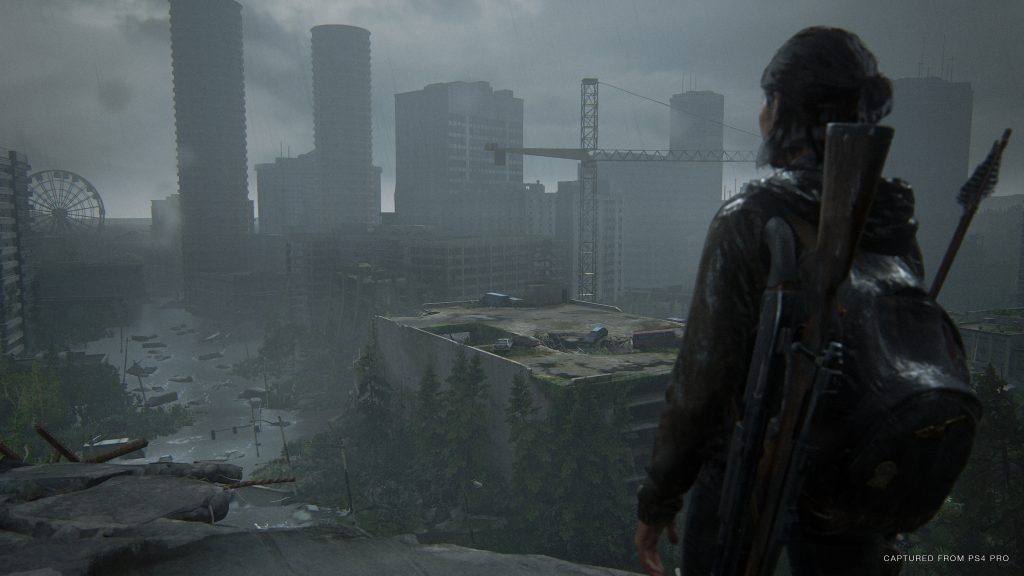
Although playing in the midst of the real-world COVID-19 pandemic gives Part II’s plague-ridden and often eerily empty locations an uncomfortable prescience, it’s impossible not to appreciate the tranquillity and beauty of the broken, abandoned world of Naughty Dog has created here. It is, without question, one of the most breathtakingly beautiful games you’ll lay eyes on, especially if you’re fortunate enough to have a PS4 Pro and a 4K HDR screen to experience it on.
The original The Last of Us was so well received that Naughty Dog, quite honestly, could have coasted when it came to the sequel – simply given it that visual overhaul then merely proceeded to tell another tale in the same world, with the same gameplay mechanics. Throw in some new enemies, call it a day. The result would likely still have been incredibly popular – as a single-player, narrative-driven game, this is a world many come to primarily for the characters and story, after all.
Instead, it’s gone above and beyond. Yes, there are the obligatory additional enemies, with the likes of exploding Shamblers and aggressive guard dogs adding new challenges to surviving in this ruined world. Yes, the story is as engaging and brilliantly performed as you’d hope, with Ashley Johnson and Troy Baker once again acting their motion capture suits off throughout. Yes, at a glance it’s more of what players loved about the first game – but it’s so much more besides.
Take combat, for instance. Ellie is significantly lighter and more agile than Joel, so is now able to dodge attacks and quickly counter the unfocused lunges of low-level Infected. It might make you feel invulnerable, and against one or two Runners – the most basic of the Infected – you may even be fine zipping in and out of range. Try it against a horde though, or even a single Clicker, which hunt by echo-location, and you’ll be rapidly overwhelmed. The whole combat experience is deftly refined to instead make you think, with improvements to stealth, tactics, and even evasion. Working out how best to tackle enemies is tough against the unthinking Infected, and even more so against the much sharper human enemies – each encounter starts to feel more like a round of chess, as you try to figure out how to strategically eliminate enemies without alerting more. The result is that every fight feels unique and satisfying.
Thankfully, you also have more options in how you take enemies down. While silent kills tend to be best, a wider variety of weapons give you more versatility if stealth isn’t an option (and if you can find the ammo for them – supplies are as scarce as ever), while more crafting options for tools and arrows offers more freedom in how you approach problems. Training Manuals can now be found too, allowing you to learn distinct skills, effectively customising your play style.
The world of Part II is larger than its predecessor, and while not fully open-world (thankfully), there are regions where you’re free to explore. You’d be wise to do so, as well – not only can you find more of those aforementioned scarce supplies, you’ll often uncover little vignettes that flesh out the story or the relationships between characters. The Last of Us Part II remains a fairly linear, story-first game, but these periods of freedom really help with world-building.
Even the act of navigating the world is improved, with Ellie able to run, jump, and climb, allowing Naughty Dog to bring in some light environmental puzzle solving. These abilities even feed back into combat strategies, as you can attempt to run and escape from enemies if you’re overwhelmed, then plan a new line of attack to clear an area. Whether it’s exploration, combat, or just the nuance of the story, whatever expectations you had of Part II as a piece of interactive art, it meets and surpasses them.

For LGBTQ+ players, The Last of Us Part II has added expectations, though. It’s still rare for major studio releases to feature gay characters at all, let alone have them as the leading character, so for many there’s almost a sense of anxiety over how Ellie is presented and treated in the game. While spoilers prevent us delving too much into Ellie’s love life, Naughty Dog approach her sexuality and her maturation into a sexually active young woman with great respect. There’s a particularly sweet, if emotionally fraught, relationship between Ellie and another young woman early on in the game that will easily have you swooning.
That’s not to say Part II is chock-full of happy lesbian adventures though. There’s a tendency among some LGBTQ+ fans to want similarly oriented characters to never have anything bad happen to them – a stance that’s somewhat easy to understand, given “kill your gays” is an abundant and easily identifiable trope in fiction. Such pleasantries wouldn’t fit here though, betraying the stakes and danger of the world, and the unpredictability of the various factions that inhabit it. So, do bad things happen to Ellie? Yes. Do they make sense within the world, the story, and between the characters involved? Also yes. If anything, this is the kind of serious representation we need to see more of, where queer characters are pivotal, but not reduced to only their sexuality. Ellie feels real and authentic here; a fully developed, rounded, and – importantly – flawed character throughout.
If there’s a downfall to Part II, it’s that it feels a bit too similar in places to The Walking Dead. Despite not being strictly zombies, the impact of the Infected on the world has essentially had the same effect – the total downfall of civilisation. That’s the case for most zombie fiction, but given both The Walking Dead and The Last of Us follow what happens after the world ends, a few things feel uncomfortably close. In particular, having remaining humans splinter into different groups with opposing ideologies, objectives, and motivations, all at each other’s throats to show that “humans are the real monsters!” can feel slightly like a redux. If you’ve followed the hit comic or its TV show adaptation, there likely will be moments here that hit very familiar beats.
Genre conventions aside though, The Last of Us Part II is a phenomenal achievement – a rare example of a sequel that lives up to the lofty expectations its fans have put on it. Beautiful, shocking, and powerful in equal measure, it’s a brilliant title to see out the PS4 generation with.

